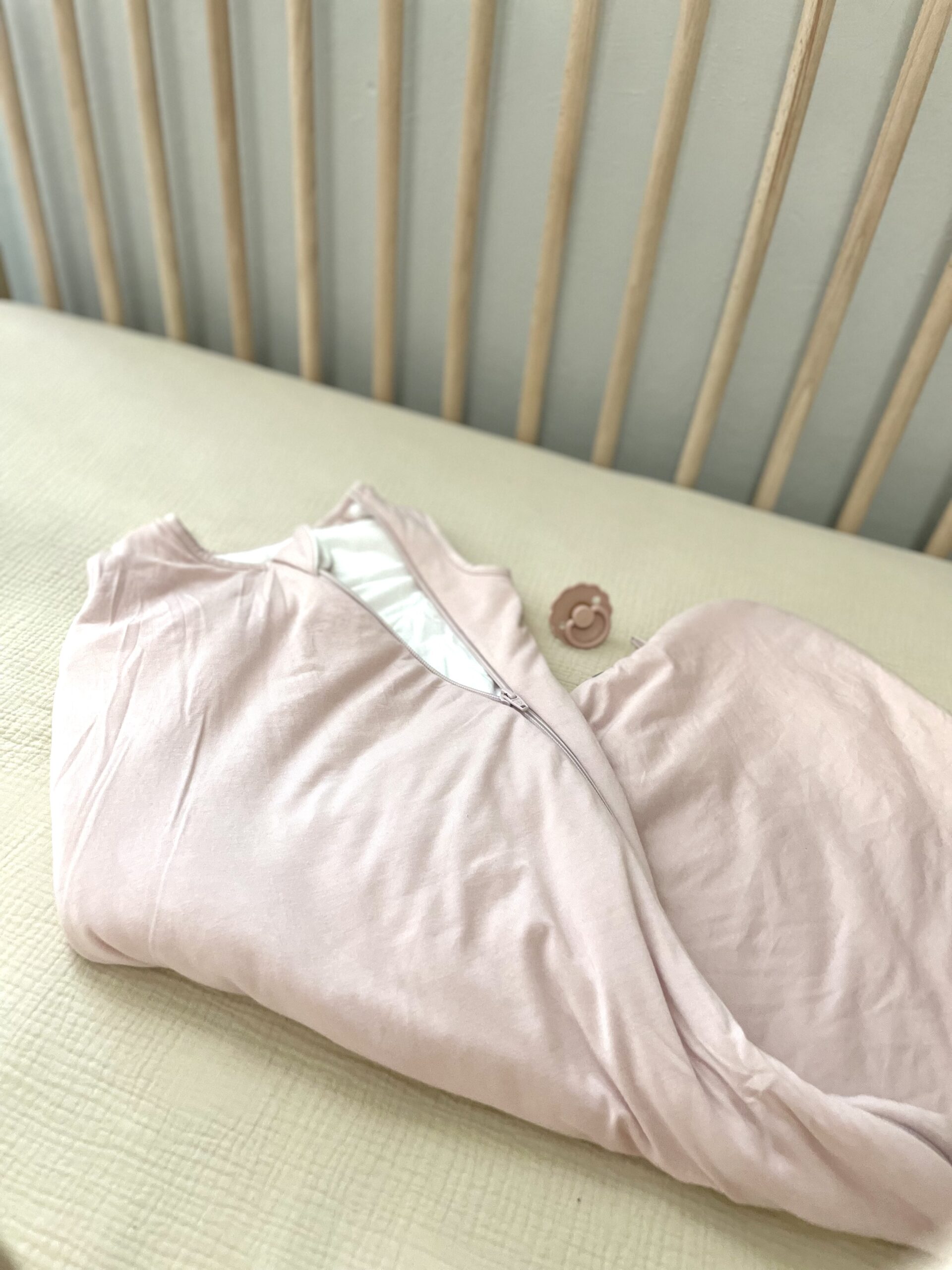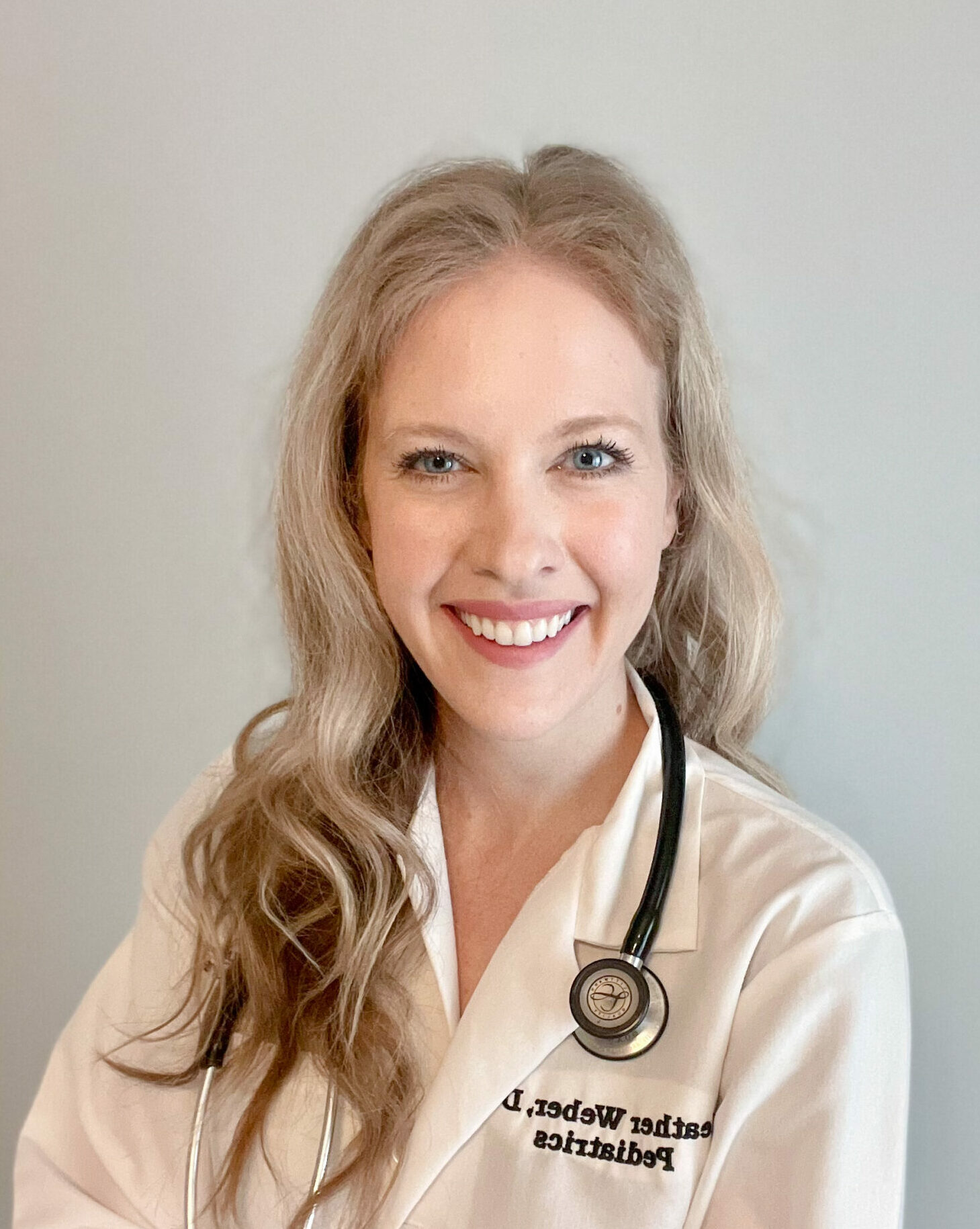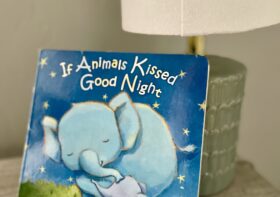How to Keep Sleeping Babies Safe
Commissional links are embedded in this blog post, I may receive commission if they are clicked.

The AAP just updated their guidance regarding safe sleep in infants, some things haven’t changed while other recommendations are brand new. Even with the changes, the update still has the same key focus, how to keep sleeping babies safe, and that’s what we are going to talk about today.
The point of “safe sleep” guidance is to prevent SIDS (Sudden Infant Death Syndrome) or SUID (Sudden Unexpected Infant Death). The updated guidance, builds upon previous and new research to make recommendations that keep babies as safe as possible when they are sleeping. The guidance is intended for those infants less than 1 year of age.
Babies Clothing and Positioning
1. ALWAYS PLACE THE BABY ON THEIR BACK TO SLEEP!!!!! Once they learn to roll well both front-to-back and back-to-front, if they roll over on their own, it’s okay to leave them there however, always place them on their backs when laying them down to sleep.
2. Hats are not recommended except for the first few hours of life, and in the NICU if applicable.
3. While room temperature may vary, it is better to dress the baby in layers of clothes, rather than add blankets and make an unsafe sleep environment. A good rule of thumb is 1 more layer than an adult would wear to sleep.
4. Swaddling is okay until the baby shows signs of rolling, usually around 3-4 months of age, but discontinue sooner if signs of rolling develop. Alternatively a sleep sack can be used. Our favorite was the SwaddleUp and the Halo Sleepsack Swaddle when our daughter was young. We have used a lot of different brands, but currently our favorite now that she is a little older is the Kyte Baby Sack (this one is awesome as it can be used for a full year: 6 months to 18 months).
5. The following are NOT recommended: any type of weighted blanket, weighted sleep-sack, or weighted swaddle. Avoid these.
Sleep Environment
1. A firm, flat sleeping surface is still recommended: basically a flat, firm mattress in something that is approved by the CPSC (Consumer Product Safety Commission) for infant sleep. This is a crib, bassinet or pack and play type. We personally used the basic Halo Bassinet and transitioned to the Lotus Travel Crib when our daughter outgrew the bassinet. Both of these easily fit beside our bed, allowing us to room-share safely without bed-sharing.
2. A flat sleeping surface is still recommended, even if an infant is sick, even if the infant has reflux/GER/GERD. No incline is safe. The guidelines even reference the Pediatric GI (Gastroenterology) guidelines which as also agree, that NO INCLINE IS SAFE.
3. It is okay to use a well-fitted sheet on the mattress, no plush/padded sheets or anything that would change the firmness of the mattress. No additional blankets, pillows, bumpers or objects in the crib. These sheets worked well for our bassinet and these sheets worked well for our Travel Crib/Pack and Play.
4. In an emergency: a box, basket or dresser drawer that meets the above recommendations can be used but should be replaced ASAP with a CPSC approved sleep environment.
Parental Lifestyle
Avoid smoking, avoid nicotine exposure (Including vaping), avoid marijuana, opioids and drug use both during pregnancy and after birth.
General Environment/Location
1. Infants should room-share, (BUT NEVER BED-SHARE) meaning sleeping in their OWN sleep environment as defined above, in the caregiver’s room, for at least the first 6 months of life, but preferably the first 1 year of life. The AAP states that “Sleeping in the parent’s room but on a separate surface decreases the risk of SIDS by as much as 50%”
2. Car seats, strollers, swings, infant carriers, infant slings are not recommended for sleep, especially for those infants less than 4 months of age.
3. Real talk, I myself use infant carriers/slings, and my daughter did sleep in them while I carried her when she was younger, but I think it is highly important that the infant is monitored closely when in these as they could quickly become unsafe, and I think it is important that they are not routinely used for sleep. The AAP states “it is important to ensure that the infant’s head is up and above the fabric, the face is visible, and the nose and mouth are clear of obstructions.”.
Infant Feeding
1. Exclusively breastfeeding is strongly recommended, if possible, as it is protective against SIDS. It is still recommended that for the first 6 months of life, the infant be exclusively breastfed. Continuing breast-milk until 1 year of life or longer is still recommended.
2. For those infants that are receiving both breast milk and formula the AAP states that “any human milk feeding is more protective against SIDS than none.”
3. Pacifier use for sleep is recommended and can “reduce the risk of SIDS”. (But if an infant doesn’t take a pacifier they shouldn’t be forced to use one). Of note: pacifiers should be free, meaning not attached to a pacifier holder/positioner, not attached to a lovey or stuffed animal as this can be a strangulation/suffocation risk.
4. The AAP recommends delaying pacifier use until breastfeeding is well established. They define this as: “sufficient milk supply, consistent, comfortable and effective latch for milk transfer and appropriate infant weight gain”.
5. These are our favorite pacifiers, I love how muted the colors are and the flower shapes for our little girl are just adorable!
Infant Strengthening
Supervised, awake, tummy time can be started as soon as the infant is brought home, slowly increasing duration daily for a goal of 15-30 minutes per day by by 7 weeks of age.
Immunizations:
All infants should receive all of the recommended immunizations as scheduled by the CDC, these can actually provide protection against SIDS. The AAP also makes a point to say that “there is no evidence that there is a casual relationship between immunizations and SIDS.” Meaning that the childhood vaccination schedule is safe, and should be continued.
No Evidence to Recommend for or against
1. There is no evidence that a fancy expensive “breathable” mattress is preventative for SIDS/SUID however, there is no evidence that these are harmful.
2. There is no evidence that commercial (non-medical grade) at home cardio (heart) respiratory (lung/breathing) monitors are protective against SIDS/SUID. There is no contraindication to their use however.
If you’d like to read the entire AAP Policy Statement you can find it here, otherwise hopefully the above summary will help you keep your baby safe while sleeping.
Sweet Dreams!
Disclaimer: The views expressed here do not constitute official medical advice and do not establish a physician-patient relationship. You should always consult with your doctor (or your child’s doctor) for official medical advice, diagnosis and recommendations for treatment.


Leave a Reply